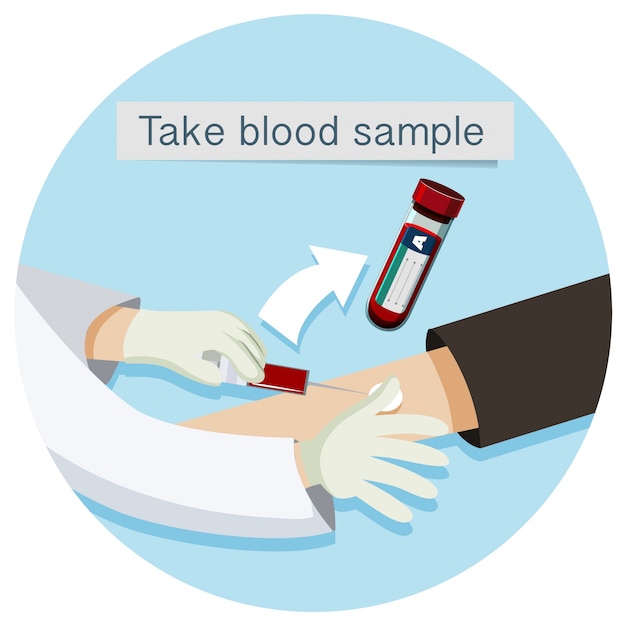
Most people probably remember when former Secretary of State Hillary Clinton had a blood clot back in December 2012. Her clot was attributed to a prior concussion she had suffered, but there are many other reasons why someone might develop a blood clot in their body. If left untreated, a blood clot can cause serious harm or even lead to death.
That’s why it’s so important to reduce your risk of developing blood clots. Whether you’ve been diagnosed with a condition like deep vein thrombosis (DVT), which can lead to frequent clotting, or not, understanding how to prevent or manage blood clots can significantly impact your health and lifespan.
### What Exactly Is a Blood Clot?
A blood clot is a normal part of your body’s healing process. It forms when blood and tissue come together in the arteries or veins, typically to stop bleeding if you’ve been injured. However, blood clots can turn dangerous in certain circumstances. If a clot blocks blood flow or travels to critical areas like your heart, lungs, or brain, it can lead to life-threatening conditions such as strokes, heart attacks, embolisms, or other complications.
While blood clots are more common in people over 65, they can happen at any age. If you’re already dealing with a condition that increases your risk of clotting, following specific health guidelines is key to staying safe. Here are some practical tips to help reduce your risk:
### 1. Adjust Your Diet
Certain foods, especially those high in vitamin K, can make your blood thicker, increasing the likelihood of a clot. To reduce your risk, consider tweaking your diet. Focus on eating more foods that are low in saturated fats and vitamin K while boosting your intake of fiber, fruits, and vegetables. These changes can help keep your blood flowing smoothly.
### 2. Stay Hydrated
Drinking plenty of water daily is an easy and effective way to lower your risk of clotting. Water helps oxygenate red blood cells and improves circulation, making it harder for a clot to develop. It also aids in flushing out toxins that might contribute to clots. Aim for at least 8 glasses of water a day to stay properly hydrated and support your overall health.
### 3. Keep Up With Doctor Visits
Regular checkups with your doctor are essential, whether or not you’ve been diagnosed with a condition that increases your risk of clotting. These visits can help you monitor what’s going on inside your body and catch any potential issues early on. If your doctor gives you specific instructions for managing your health or prescribes medications, be sure to follow their guidance carefully.
### 4. Get Moving
Spending too much time sitting or being inactive can increase your risk for blood clots. To combat this, make an effort to stay active every day. Exercise doesn’t have to mean hitting the gym if that’s not your thing. Try activities you enjoy, like dancing, playing sports with friends, or going for a walk or jog in the park. Just getting your body moving regularly can make a big difference.
### 5. Consider Anti-Embolism Products
Advances in medical science have made it easier to take control of your health. Anti-embolism products, like specialized socks or hosiery, can help promote better blood circulation for those who are prone to clotting. These products can also reduce pain and give your legs and feet more energy, making them a helpful option for preventing clots.
### Final Thoughts
While blood clotting is a natural process that helps the body heal from injuries, it can become dangerous if not managed properly. If you’re predisposed to clotting due to an existing health condition, taking steps to minimize your risk is crucial. That said, always consult your doctor or a qualified medical professional before making significant changes to your lifestyle or diet. They can ensure that your actions are safe and tailored to your specific health needs.